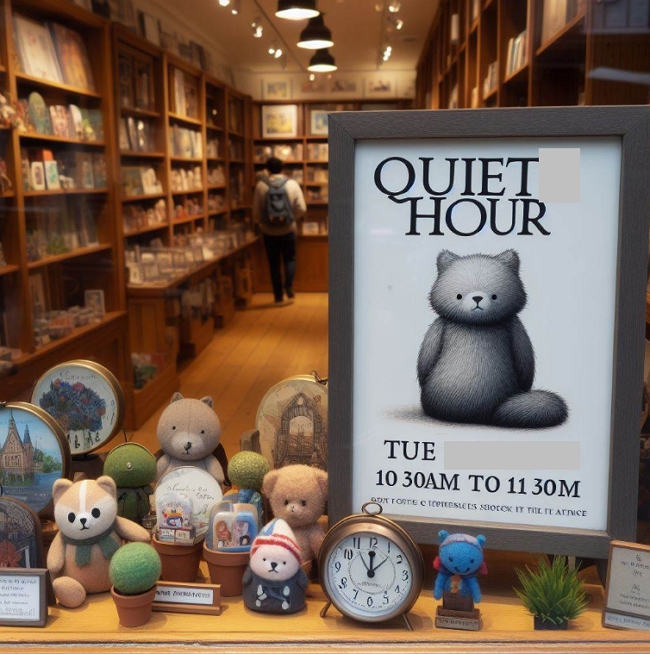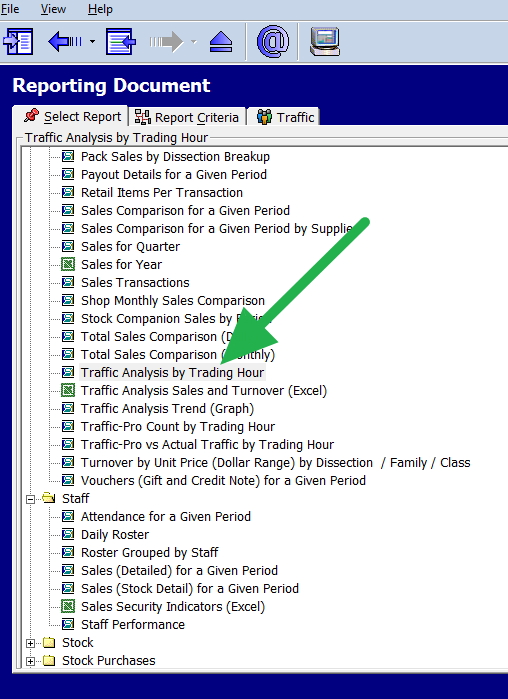Being Neurodivergent-Friendly with a Weekly Quiet Hour

Neurodivergent individuals find lots of noise, crowds, and visual stimulation overwhelming. It causes them anxiety. It is commonly associated with Autism, ADHD, Dyslexia, Tourette syndrome etc. Although estimates are difficult to get, a reasonable estimate would be somewhere between 5-10% of Australians, about two million Australians, are affected. This is not a small number.
Now, what is happening is that such people find a noisy shop with crowded spaces difficult for them to manage, so several retailers are experimenting with trying to create a "Quiet hour" where they turn their stop into a quieter, calmer place. Preliminary results seem pretty promising.
What Is a Quiet Hour?
A quiet hour is a designated time when you take steps to reduce noise and visual stimulation and reduce crowding in your retail space. This might include:
Turning Down Music and Announcements
Eliminating background music during the quiet hour to decrease auditory stimulation.
Dimming Lights
Bright overhead lighting can be harsh for such people so that dimming can help.
Limiting activities
People stocked shelves or merchandise being moved around the store is minimal.
Customers are not frequent, and we can expect a quiet time.
When to Hold a Quiet Hour
Currently, retailers are designating Tuesday 10:30 am to 11:30 am for the Quiet hour. If that time does not suit you, for example, if it's too busy, you could look for slower store traffic times. Analyze your shop's traffic patterns using historical data. Identify a consistent time when you can expect lower customer volumes. Easy to do, there is a traffic analysis report by the hour in your POS Software, which you will find marked with a green arrow below.

Put in dates for the last two months, and you will get a colour-coded analysis that shows the activity in the shop divided into four groups.

You are looking for the ones without colour, the slow times. I would suggest if Tuesday does not work, then look at Thursday.
It is important that you make a consistent weekly schedule, making it possible for such people to plan their shopping.
Promoting Your Quiet Hour
Inform customers by posting signs denoting the quiet hour time.
Get the word out to customers about your new Quiet Hour program through social media, a website if you have it and local groups in your area.
With some preparation, you can transform your retail space into a calmer environment for neurodivergent customers during quiet hours. It's a slight adjustment that can significantly impact serving your local community.


